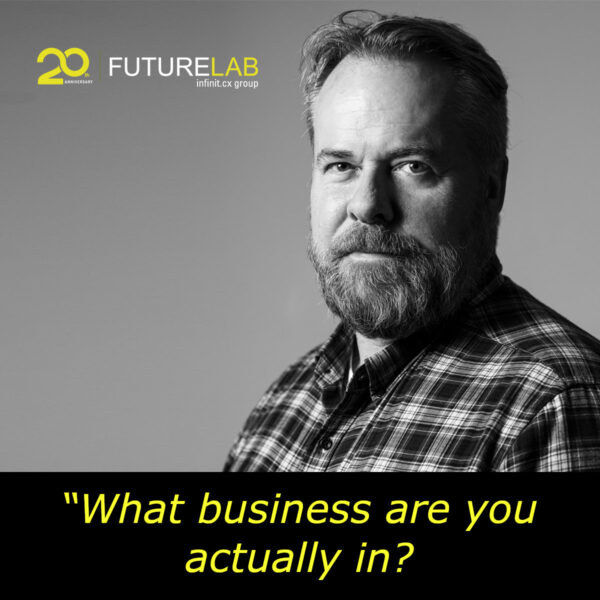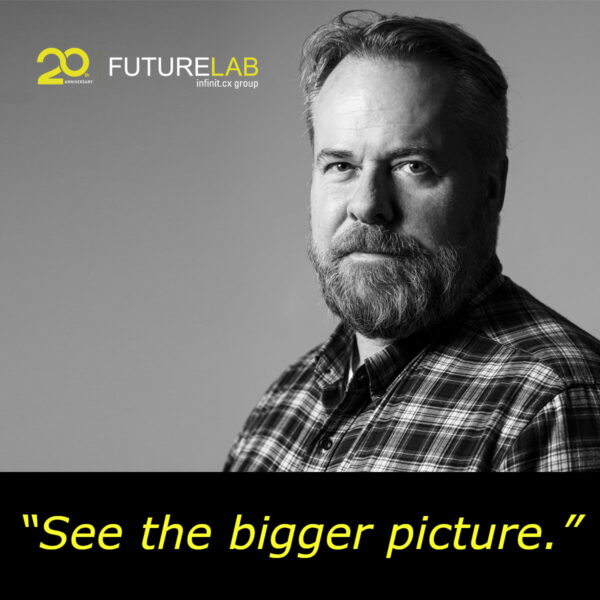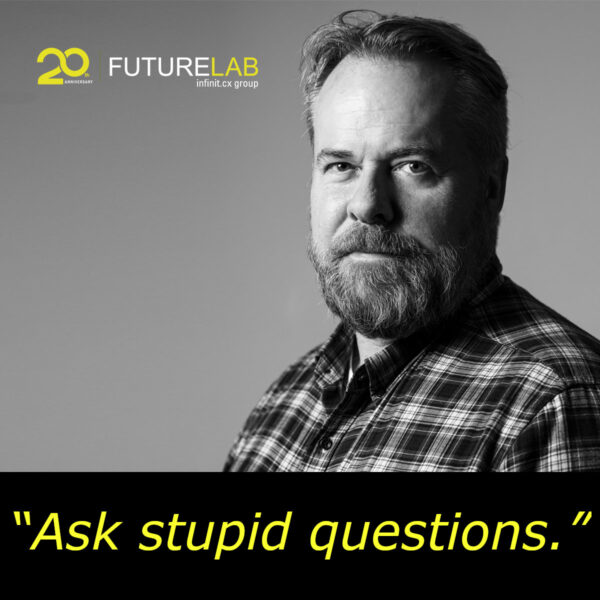Morgan Stanley is going to let 17,000 of its financial advisers use Twitter and LinkedIn, and Chase is running a promotion (I found it on Facebook) that lets small businesses compete for grant money. Both efforts reveal that these financial services brands don’t have a clue about how to use social media.
There is a serious disconnect between most financial services brands and the general public. It was always there — most generations before the Boomers were uninvolved in the markets, except for the very rich — but it got far worse after the markets crashed a few years ago. Inflows of individual investor cash into mutual funds has slowed significantly as a new generation of consumers has been shown that Big Finance might not have their best interests at heart. We hear on the news that banks are sitting on piles of cash (and reporting stunning profits), while the financial media narrate the daily gyrations of the stock markets as if they were the moods of a fickle beast. “The Market” is a thing that has moved somewhat beyond us, and we’re both suspicious and angry about it.
This isn’t just my opinion. The chair of the Security and Exchange Commission says the same thing (thanks to Jon Low’s trenchant blog post here).
Whether these perceptions are fair or not, it means that people don’t need to hear more from these brands but rather different.
Once you get past the fawning praise from the consultants who sell social media campaigns and the tech platforms on which they operate, the Morgan Stanley effort is quite laughable. It is allowing its advisers to tweet and communicate via LinkedIn, as if a good number of them aren’t doing so already. Their organic interaction with their communities of friends and family is at the core of what true P2P communication is all about. Only the Morgan Stanley program will require that all content get pre-approved by the company PR police. So it’s going to generate sponsored tweets and posts, and then point to it as establishing a company presence on social media.
But Morgan Stanley is already there, organically, just like its advisers and customers are there, too. People talk about it without getting approval for their comments.
It would be different if the company had come up with a new approach to its actual operations. New rules to ensure investors are informed or educated, or that Morgan Stanley doesn’t fall headlong into another crash. New products to address our legitimate concerns about investing. New services that redefine the standard brand positioning of every financial services concern from either “trust us because we’ve been around forever” or “we’ll give you access to tools to feel empowered,” to something more authentic and true. It just recruited a former FASB member for its board (FASB is a regulator and standards bureau for accounting), so maybe the firm is initiating new practices on transparency and direct communication? Remember, this is the brand that just gave the world the Facebook IPO.
No. Its new media strategy is a distribution strategy of the oldest sort: Use its employees as mouthpieces for the discredited and somewhat vacuous company position. It’s not daring or particularly smart, but instead an insult to any of use who crave better communication from them, not just more of it.
The Chase “Mission: Small Business” is more of the same.
It comes from the bank that recently lost a few billion gambling on some exotic derivative investment and then sent its CEO to Washington to reassure the government that the financial industry doesn’t need more regulation. Chase is one of the too big to fail banks that holds zillions of consumer home mortgages, many of which are underwater and for which it has no reasonable plan to do anything but make as much money as possible on the woes of the individuals who owe it money. It, like its brethren, is being very stingy with small business loans while its executives make huge bonuses for doing so.
But instead of coming up with a new, meaningful way to address its role in these serious and all-pervasive issues, Chase has allocated a few million bucks that we Lilliputians can hope to receive if we vote for one another in an online promotion.
It’s American Idol posing as business strategy.
Like Morgan Stanley, we should be offended by this campaign. It is no more social than hiring a guy to stand on a street corner holding a megaphone, and it offers up the mechanism of engagement in lieu of any substance worthy of our time and attention. Chase could change its policies and be as inventive and experimental on an operational basis as Morgan Stanley could be, but it chooses to fund marketing intended to distract us, if not manipulate us outright. It we peasants wrestle for a share of the bank’s beneficence we might not notice how many homes or business go into foreclosure.
I really don’t get it. Are they that removed from reality that marketers at either brand think they’re doing something good? I know there’s that Greek Chorus of consultants and tech services pitching these businesses incessantly, aided by a lazy media that is too willing to parrot their nonsense ideas because they’re too scared of them.
But message still matters more than medium. It always will. There’s absolutely no evidence whatsoever to the contrary. The real revolution of P2R media is the way people are using it to learn what’s going on and then sharing it with one another. It’s not for or from brands as much as about them. Social media aren’t a distribution channel but rather the tool for vetting what gets distributed.
What we’re getting from Morgan Stanley and Chase is irrelevant to these uses. They just don’t get social media.
Original post: http://baskinbrand.com/?p=683




